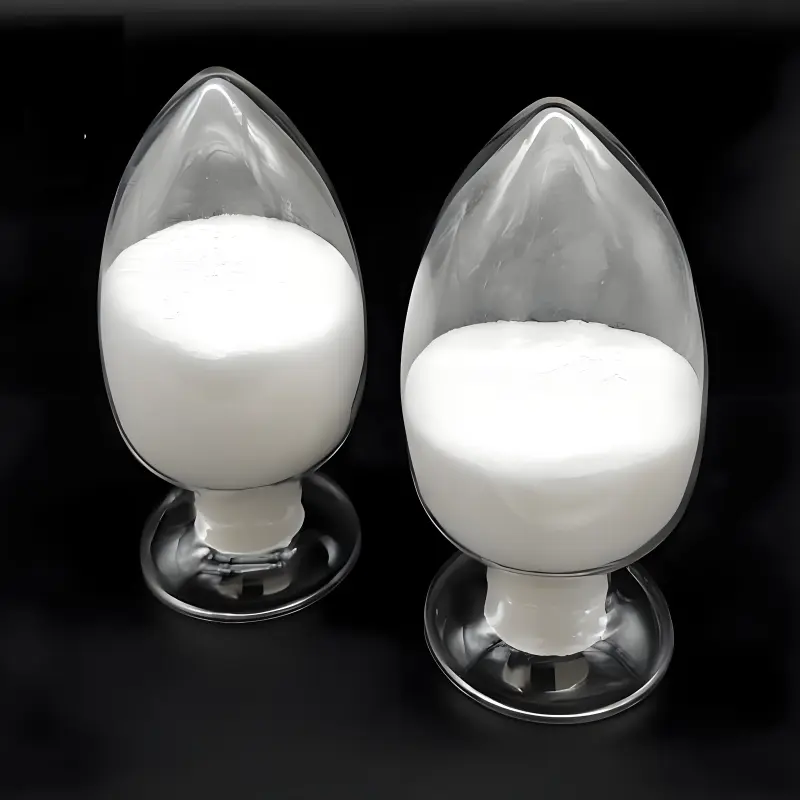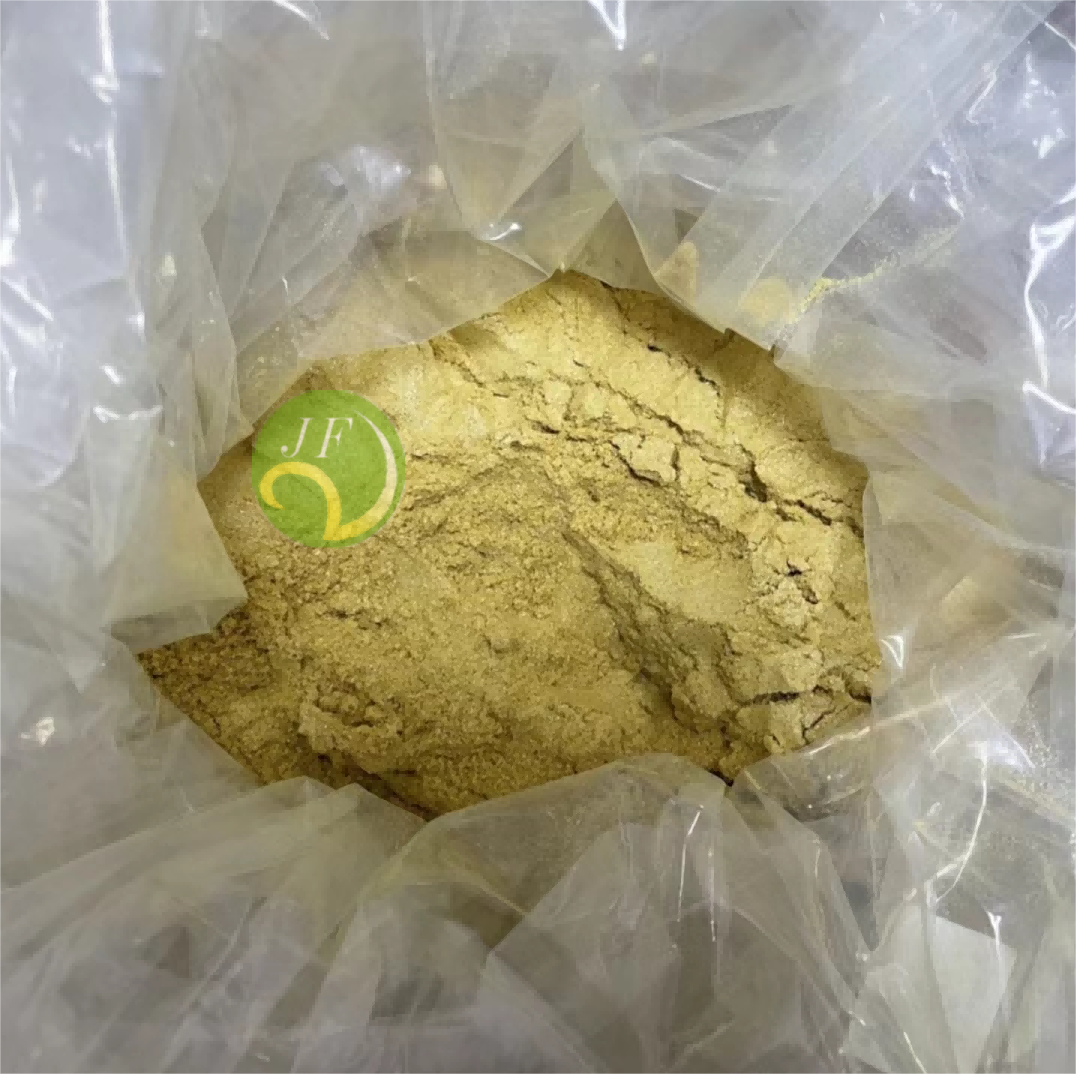-
Categories
-
Pharmaceutical Intermediates
-
Active Pharmaceutical Ingredients
-
Food Additives
- Industrial Coatings
- Agrochemicals
- Dyes and Pigments
- Surfactant
- Flavors and Fragrances
- Chemical Reagents
- Catalyst and Auxiliary
- Natural Products
- Inorganic Chemistry
-
Organic Chemistry
-
Biochemical Engineering
- Analytical Chemistry
-
Cosmetic Ingredient
- Water Treatment Chemical
-
Pharmaceutical Intermediates
Promotion
ECHEMI Mall
Wholesale
Weekly Price
Exhibition
News
-
Trade Service
*For medical professionals only for
reference
After adding GLP-1RA, the treatment plan was simplified, the blood sugar of the patients was better controlled, and the renal function indexes were improved
.
Patient, male, 61 years old
.
Chief Complaint: Blood sugar increased for more than 7 years and poor blood sugar control for more than 3 months
.
History of present illness: 7 years ago, the patient was diagnosed as "diabetes mellitus" with elevated blood sugar.
Long-term treatment with insulin aspart 30 (the specific dose is unknown) and various hypoglycemic drugs resulted in poor blood sugar control and increased creatinine
.
Three months ago, the patient found that his blood sugar was elevated, and the fasting blood glucose (FBG) was about 16 mmol/L.
He came to our hospital for treatment today
.
Past history: myocardial infarction 3 years ago, aspirin 100 mg once a day (QD), atorvastatin 20 mg once a night (QN), trimetazidine 20 mg three times a day (TID); chronic renal failure ( CKD stage 3b)
.
Personal history: 20 years of smoking history, quit smoking 1 year ago
.
Drink small amounts of alcohol, about once a week, in varying amounts
.
Family History: Not currently mentioned
.
Physical examination: Note: Body mass index (BMI)
.
Body temperature 36.
2 ℃, blood pressure 160/92 mmHg, pulse 80 beats/min, respiration 20 beats/min
.
Cardiopulmonary and abdominal examination showed no abnormality
.
Mild edema of both lower extremities
.
Auxiliary examinations:-Laboratory examination--imaging examination-Note: Glycated hemoglobin (HbA1c), urine glucose (GLU), glomerular filtration rate (GFR), 25-hydroxyvitamin D (25-OH VITD), urine Trace protein/creatinine ratio (ACR), total cholesterol (TCH), high density lipoprotein cholesterol (HDL-c), low density lipoprotein cholesterol (LDL-c), triglyceride (TG), parathyroid hormone (PTH) ), D-dimer (DD)
.
Preliminary diagnosis: 1.
Type 2 diabetes, diabetic nephropathy, diabetic peripheral vascular disease, diabetic peripheral neuropathy, 2.
Hypertension grade 3 (very high risk) 3.
Coronary atherosclerotic diabetes, old myocardial infarction (cardiac function grade 2) 4.
Hyperlipidemia treatment plan: The patient has an adult onset.
After trying various hypoglycemic plans, the blood sugar control is still poor, and severe renal damage has occurred (CKD stage 3b), and the patient is complicated with hypertension, carotid artery stenosis, dyslipidemia, etc.
situation
.
Before admission, repaglinide (2 mg before breakfast; 1 mg orally before lunch and dinner) + subcutaneous injection of insulin aspart injection before meals (22 units before breakfast; 10 units before lunch; 8 units before dinner) + Insulin detemir injection (20 units at bedtime)
.
Based on the patient's condition, good blood sugar control is imminent, and the treatment needs to take into account the protection of renal function
.
The first stage: From 2021.
8.
31 to 2021.
9.
2, the insulin program of "three shorts and one long" is applied, and insulin aspart (14 units in the morning, 12-14 units in the afternoon, 10-12 units in the evening) + insulin degludec 24-26 Unit QN + linagliptin 5 mg QD
.
However, the patient's blood sugar fluctuation was still large (FBG 12.
4mmol/L-14.
7 mmol/L), and the postprandial blood sugar control was not good (9.
6mmol/L-16.
3 mmol/L)
.
Phase 2: Beginning on September 3, 2021, adding semaglutide 0.
25 mg once a week (QW)
.
Insulin aspart (14-16 units in the morning, 10-14 units in the afternoon, 10-14 units in the evening) + insulin degludec 24-26 units QN + linagliptin 5 mg QD
.
After the addition of semaglutide, the blood sugar of the patient gradually improved by 2021.
9.
10, and the minimum FBG decreased to 5.
8 mmol/L; the postprandial blood sugar was also well controlled (the lowest blood sugar decreased to 5.
4 mmol/L 2h after lunch; After 2h blood glucose dropped to a minimum of 6.
3 mmol/L)
.
The third stage: 2021.
9.
11-2021.
9.
16 to further simplify the treatment plan, give insulin aspart 30 injection (20 units in the morning, 22 units in the evening, before meals) + linagliptin 5 mg QD + semaglutide 0.
25 mg QW, the patient's blood sugar was well controlled
.
From 2021.
9.
14, linagliptin was discontinued, and the patient's blood sugar was still well controlled (2h postprandial blood sugar was 5.
5 mmol/L-6.
4 mmol/L)
.
During the whole treatment process, the patient had no hypoglycemic events, and the simplified treatment plan also greatly increased the patient's treatment compliance
.
Blood sugar profile: Follow-up situation: After more than 2 months of treatment, the patient's blood sugar gradually improved, the renal function index decreased significantly, and the body weight was reduced, reaching a good composite standard
.
The relevant auxiliary inspection results are as follows
.
Comparison of auxiliary examinations after 2 months of treatment: Doctor interviews Q medical community: Considering the characteristics of this case, what are the considerations for adding semaglutide as a drug? What are the benefits for patients? ▎Professor Zhuang Xianghua: In this case, the blood sugar of the patient has been elevated for more than 7 years, and the blood sugar control has been poor for a long time.
At present, he has been combined with more serious vascular complications, including old myocardial infarction, very high-risk hypertension, carotid artery stenosis, dyslipidemia and other macrovascular complications.
In addition to macrovascular damage, the patient also developed microvascular damage, namely diabetic nephropathy (DKD)
.
Therefore, in the further treatment process, in addition to the important task of reaching the blood sugar target, it is also necessary to help patients improve dyslipidemia and reduce body weight from the core insulin resistance, thereby bringing benefits to patients in cardiovascular events
.
When choosing hypoglycemic drugs, the GLP-1RA semaglutide with good clinical evidence was preferred
.
Its previous SUSTAIN 6 study showed [1] that semaglutide significantly reduced the risk of major adverse cardiovascular events (MACE) by 26%, and significantly reduced the risk of non-fatal stroke by 39%
.
In addition, the study also suggested that the risk of renal composite endpoint of semaglutide was significantly reduced by 36% compared with the placebo group
.
Based on the above considerations, GLP-1RA weekly preparation semaglutide is a better treatment option for this patient
.
Follow-up after 2 months of treatment showed that not only the blood sugar of the patient was well controlled, but also the renal function indicators were significantly improved
.
In addition, the patient lost significant weight, achieved a good composite target, and the patient's treatment satisfaction was good
.
Q: What is the evaluation of the drug semaglutide in actual clinical application? ▎Professor Zhuang Xianghua: Currently, GLP-1RA is a better treatment option for patients with type 2 diabetes
.
On the one hand, it can improve insulin resistance, one of the fundamental causes of type 2 diabetes, and the patients who use semaglutide have mild gastrointestinal reactions, and the patients report that they do not feel gastrointestinal reactions.
.
This has also greatly improved treatment compliance and significantly improved the quality of life of patients.
Many patients expressed high satisfaction with treatment
.
Q: Based on the diagnosis and treatment of this patient, what do you think of the application of semaglutide in diabetic patients with severe renal impairment? Is its therapeutic effect affected by impaired renal function? ▎Professor Zhuang Xianghua: Before this treatment, the patient had severe renal damage, so the effect of drugs on renal function is also critical
.
Mechanistically, the damage to the kidneys caused by diabetes is mainly due to a large amount of albuminuria.
In this patient, after treatment with conventional doses of semaglutide, not only blood sugar decreased, but albuminuria was also improved
.
It can be seen that the safety and efficacy of semaglutide on the kidneys are very clear
.
The previous evidence-based SUSTAIN 6 study showed that [1], the risk of renal composite endpoint of semaglutide was significantly reduced by 36% compared with the placebo group
.
It can be seen that the application of semaglutide is not affected by renal function, and can protect the renal function of patients in the long run
.
Here, congratulations to semaglutide for achieving reimbursement of medical insurance indications, which will benefit more Chinese diabetic patients! The director commented on the medical community: how to identify the renal damage of diabetes as early as possible, and improve and improve the prognosis of patients with diabetes and DKD? Please share your experience with your clinical experience
.
▎Professor Chen Li: DKD is an important complication of diabetes, and its harm and clinical progress have received extensive attention.
Once it occurs, it can seriously affect the prognosis of patients
.
Therefore, DKD needs to be given full attention
.
For example, after being diagnosed with type 2 diabetes, it is necessary to carry out regular examinations such as urinary albumin to identify and detect diabetic kidney damage as soon as possible, and at the same time increase prevention and control efforts to delay disease progression and improve patient prognosis through effective intervention
.
DKD often indicates that microvascular damage has occurred in patients.
Failure to timely and effectively control blood sugar and related high-risk factors may lead to more serious heart, brain, and kidney damage.
Therefore, comprehensive prevention and treatment should be actively carried out, that is, strict and reasonable blood sugar control.
At the same time, insulin resistance and other risk factors should also be considered
.
Recently, the American Diabetes Association (ADA) updated the 2022 version of the "ADA Standards for Diabetes Care" [2], which further promotes drugs such as GLP-1RA to a more important first-line treatment status
.
Based on rich clinical data and evidence-based medical evidence, drugs such as GLP-1RA not only have good hypoglycemic ability, but also bring benefits to patients in cardiovascular outcomes, renal function, insulin resistance improvement and safety.
.
Semaglutide is a weekly preparation of GLP-1RA, and its listing provides a new "weapon" for clinical practice
.
At present, semaglutide has been included in the national medical insurance, and the price reduction provides a new treatment option for the majority of diabetic patients, especially for patients with atherosclerotic cardiovascular disease (ASCVD) or high-risk factors, as well as CKD.
It is expected that early and timely medication can further improve the benefits of patients
.
QMedical community: Combined with the diagnosis and treatment of this case, please talk about how you view the status of semaglutide in the path of diabetes diagnosis and treatment? ▎Professor Chen Li: The case was complicated with DKD, hypertension, coronary heart disease, etc.
, and corresponding clinical treatment was given
.
Its diagnosis and treatment process is relatively detailed, and it is recommended according to the guidelines.
The clinical path is clear, and each drug is used properly
.
Especially in the case of patients with large blood sugar fluctuations and multiple high-risk factors, the addition of semaglutide brings greater benefits to patients
.
Not only was blood sugar better controlled, but the weekly medication regimen greatly increased compliance
.
In addition, the patient's insulin resistance has improved, blood sugar has dropped significantly, and the key point is that the kidney damage has been significantly alleviated and benefited
.
It can also be seen from the diagnosis and treatment of this case that it is also critical for clinicians to grasp the timing of medication
.
Looking forward to the emergence of more high-quality drugs such as semaglutide to benefit more patients
.
References: [1]Marso SP et al.
N Engl J Med 2016;375:1834–44.
[2]Diabetes Care.
2022;45(Suppl.
1): S4-S7 | https://doi.
org/ 10.
2337/dc22-SREV-End-"This article is only used to provide scientific information to medical and health professionals, and does not represent the platform's position" Contribution / reprint / business cooperation, please contact: pengsanmei@yxj.
org.
cn






